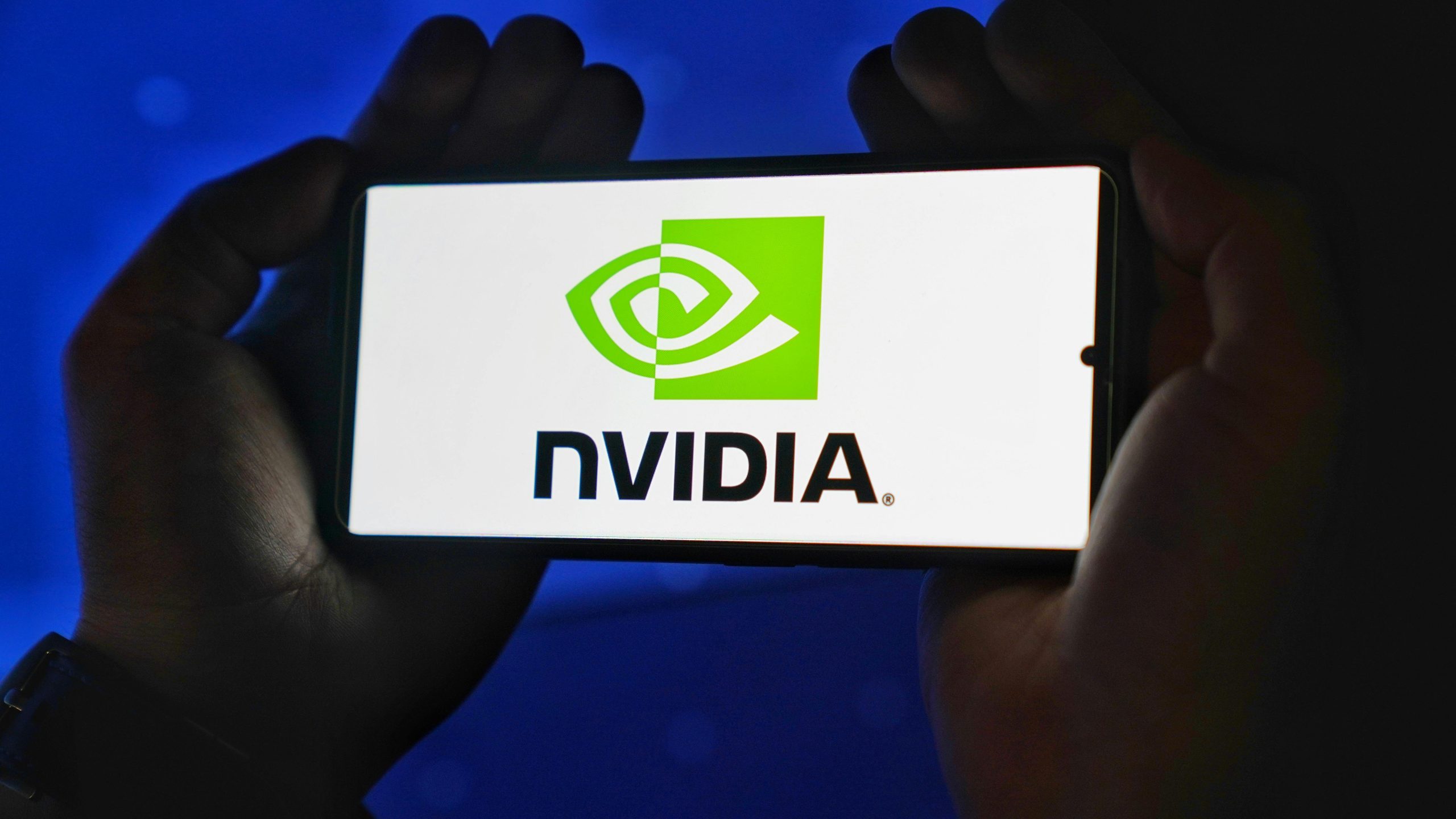NVIDIA changes the game: graphics cards retreat, artificial intelligence reigns supreme

As NVIDIA prepares to mass produce the new GB300 AI chip, there are signs of another change in corporate strategy under Jensen Huang’s leadership – this time at the expense of GeForce graphics cards for end customers. According to reports, the production of the RTX 50 series with Blackwell architecture is to be reduced by 20 to 30%, especially in China. The main reason for this is supposed to be the prioritization of the division focused on AI chips, which already accounts for the majority of the company’s sales.
Limited production capacity at TSMC
The situation is quite clear: NVIDIA has limited production space at TSMC and therefore has to decide which chips will get priority on the 4N production line. Given the high margins in the data center business, it is logical from the company’s point of view – albeit disadvantageous for consumers – that gaming graphics cards fall by the wayside. AI accelerators from the GB family (e.g., GB200, GB300, and the Chinese version of the B40) are increasingly filling production capacity. According to supply chains, specifically sources from Board Channels, availability of GeForce RTX 50 series cards is already tight. The first signs of supply constraints appeared back in June, when volumes dropped by around a third year-on-year – and that was for a series that was not available in sufficient quantities on the market anyway.
RTX 50: Unavailable, expensive and rare
Although the RTX 50 series has been officially launched and is theoretically on sale, the reality is different. Prices are routinely 20% above the recommended retail price, or even 50% in extreme cases. This is a textbook example of artificially limited supply in a market with few competitors. In addition to volatile production volumes, unclear priority in the allocation of silicon chips and transport complications caused by geopolitical constraints play a role. Thus, the growing emphasis on AI products brings additional structural difficulties. NVIDIA is investing heavily in AI models and server solutions – with the GB300 chip likely to be a key element of the next production phase.
The Chinese market and the special role of the B40
NVIDIA’s strategy for the Chinese market deserves special attention. Due to US sanctions, the company cannot export powerful AI chips to China, so it offers modified models like the B40, also known as the RTX PRO 6000D. This chip is also based on the Blackwell architecture, but its computing power in FP8 and FP16 modes is deliberately limited to meet regulatory requirements. Meanwhile, the B40’s production directly competes with the RTX 50 in allocating production capacity – again showing where corporate priorities are heading. While the Western market is still waiting for the RTX 5090, 5080 and 5070, resources are flowing into the production of Chinese versions that, while not as powerful, meet export restrictions.
GB300 as a focus
According to suppliers, the GB300 chip has been in preparation for mass production since May, with full production expected by the end of 2025. However, it is already clear that the preparation will take up a large part of TSMC’s 4N production capacity – the same one used to produce RTX 50 cards. In other words, manufacturing resources are increasingly shifting in favor of AI chips – a direction NVIDIA hinted at back in the days of the Hopper and Grace chips. Officially, the company isn’t commenting on this. The information comes mostly from Chinese industry leaks, which tend to be partially true but not always fully verified. So NVIDIA is sticking to its usual strategy of ‘tactical obfuscation’.
Gaming graphics as a by-product
If this trend continues, the formerly flagship GeForce division will increasingly recede into the background and become virtually a by-product. For gamers and enthusiasts, this means they can continue to expect shortages, high prices and low availability. All indications are that NVIDIA is betting on ‘AI first’ and gaming hardware is slipping down the priority rungs.
Photo source: www.pexels.com
Author of this article
WAS THIS ARTICLE HELPFUL?
Support us to keep up the good work and to provide you even better content. Your donations will be used to help students get access to quality content for free and pay our contributors’ salaries, who work hard to create this website content! Thank you for all your support!




OR CONTINUE READING